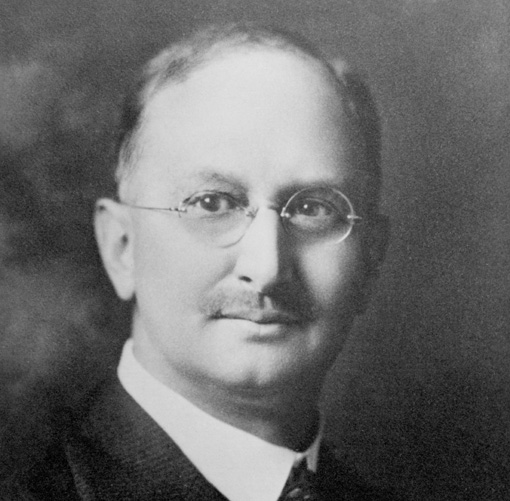
Mycologist Elias J. Durand was a student of the earliest Cornell mycologists, A.N. Prentiss, W.R. Dudley and G.F. Atkinson. In 1896, with a newly minted PhD, he became an instructor under Atkinson for 14 years. He later worked at Missouri University, then the University of Minnesota, where he was chairman of the department of botany from 1920-1921.
Durand was a world expert on cup fungi. Following his death in 1922, Cornell purchased his extensive personal specimen collection. Today his specimens comprise our special collection CUP-D. Durand described 21 new taxa, for which CUP holds 16 types, 27 paratypes and 2 syntypes. His collection also includes about 650 types from other herbaria or authors, making CUP-D a world center for discomycete taxonomy.
